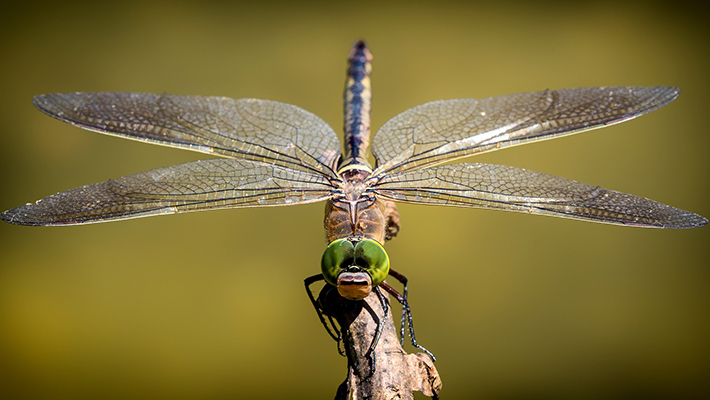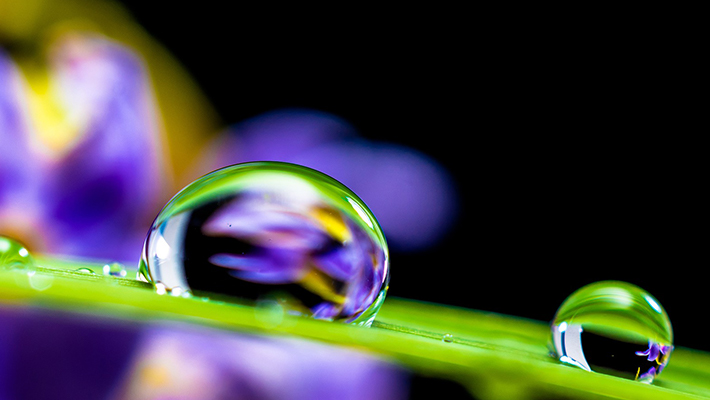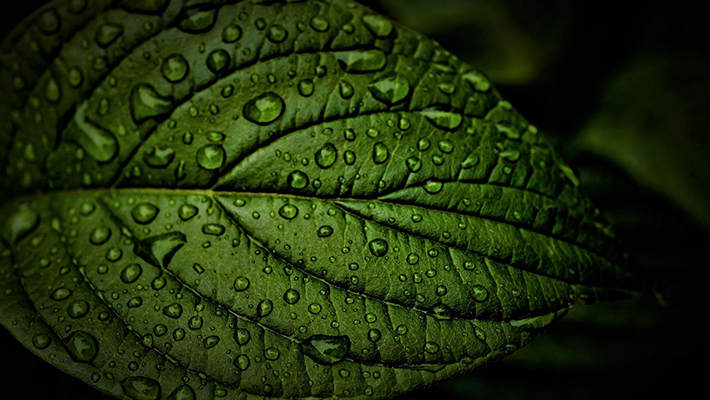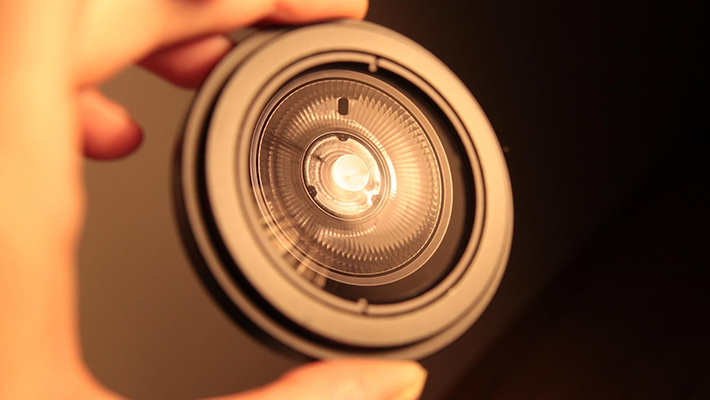Avoid taking a blurred image when shooting macro photography. Knowing how macro photography is done will help you take more professional pictures.

bluecranedigital.com gathered information and tips to help you understand what macro photography is, the equipment you need, and how to capture images like a pro.
What is Macro Photography?
Macro photography is extreme close-up photography. Subjects are usually tiny like insects and appear larger than life size in the image’s final production.
Note: Macro photography started as a scientific endeavor. Scientists would attach a microscope to a camera to photograph microscopic subjects. Today, macro photography is an exciting way to capture extremely small subjects and scenes in vivid detail.
What Does a Macro Photographer Do?
Macro photographers shoot small things like:
- Insects
- Flowers
- Water drops
- Miniature figures
- Miniature scenes

The photographer then makes them appear large or life-size. The fun thing about macro photography is taking nearly anything small and shooting it to appear larger than life, often changing the viewer’s perception of what the subject is.
What Are Some Basic Rules for Macro Photography?
Always Use a Tripod – Shooting macro without a tripod will is too unsteady since even the slightest movements will cause a blur, ruining your shot. You’ll have plenty of problems trying to keep your subject still as even the slightest movement or breeze can blur your image, so don’t add to your challenges by trying to capture hand-held macro photos.
Use the Right Equipment – Your choice of camera equipment is a personal one, but at a minimum, you’ll need:
- A camera body
- A macro lens
- A light diffuser
- A reflector
- A tripod
Tip: Use a 100mm macro lens for excellent results.
Use a Shutter Release – Using a wired shutter release or an infra-red wireless trigger allows you to capture a shot without touching or disturbing the camera. If you don’t have a shutter release, set your camera’s timer to take the shot.
Tip: When using the camera’s timer, set it to 2 seconds. Longer settings allow time for your subject to change positions or leave the frame altogether.
Take Plenty of Shots – As with any photography style or method, the more photos you take, the more you can experiment, and the more opportunities you have to capture the perfect shot (even by accident). This especially applies to macro photography, where you may not have another opportunity to share this close and personal space with your subject.
Planning Your Shoot – When shooting outdoors, there are a couple of things you must take into consideration:
- Weather conditions
- Time of day

Note: Early morning and late afternoon are times when sunlight is softer than at noon, and the end of the day (as the sun begins to set) has a warmer or more gentile light.
Types of Macro Lenses
A macro lens is a camera lens designed to focus close up to the subject with a 1:1 or life-size reproduction. Macro lenses come in different focal lengths, from 35mm up to 200mm. Consider the following:
Short macro lenses (35mm-60mm): These macro lenses are light, and the more inexpensive choice, but they also require you to get very close to your subject, which can cast shadows and potentially cause your subject to scurry away.
Intermediate macro lenses (90mm-105mm): Considered mid-range macro lenses, these have a longer working distance reducing the possibility of scaring off your subject.
Long macro lenses (150mm-200mm): Macro lenses with a longer focal length produce the highest quality images at the farthest distance, making them ideal for skittish macro subjects like insects. However, these are the heaviest and most costly macro lenses.
Tip: It is recommended for beginners or amateur macro photographers to begin using a macro lens with a focal length between 100mm and 150mm.

What are Macro Filters?
Another way to achieve macro photography effects with your current lens is by using close-up filters that mimic macro photography by enabling close focusing distances. A “close-up” filter attaches to the front of your lens and acts as a magnifying glass. These filters are the most inexpensive way to capture macro pictures; and are easy to carry.
Note: Be cautious of lenses manufactured with lower-grade glass. Such lenses can significantly reduce your image quality.
Aperture and Depth of Field
Macro lenses can only offer a shallow depth of field, especially at the closest focusing distances. This makes it very difficult to get your entire subject in sharp focus. Lowering your aperture setting to f/16 will increase your available depth of field, making focusing much easier.
Tip: While decreasing your aperture will give you the depth of field you need to get your subject in sharp focus, it will also permit less light into your camera. If your settings don’t offer enough natural light, using your camera’s flash or a macro ring light can effectively counteract this problem.
Macro Photography Tips
In this article, you discovered the definition of macro photography, what equipment is necessary, and how to get your subject in sharp focus.
Knowing how macro photography works will help you capture more stunning and creative images.
Ignoring knowing the right equipment, lenses, and settings will leave you capturing blurred macro photography images.
Sources:
nfi.edu/macro-photography/
sites.harding.edu/gclayton/Photography/Topics/022_Macro_CloseUp.html
nyip.edu/photo-articles/fun-stuff-for-photographers/tips-for-macro-photography
